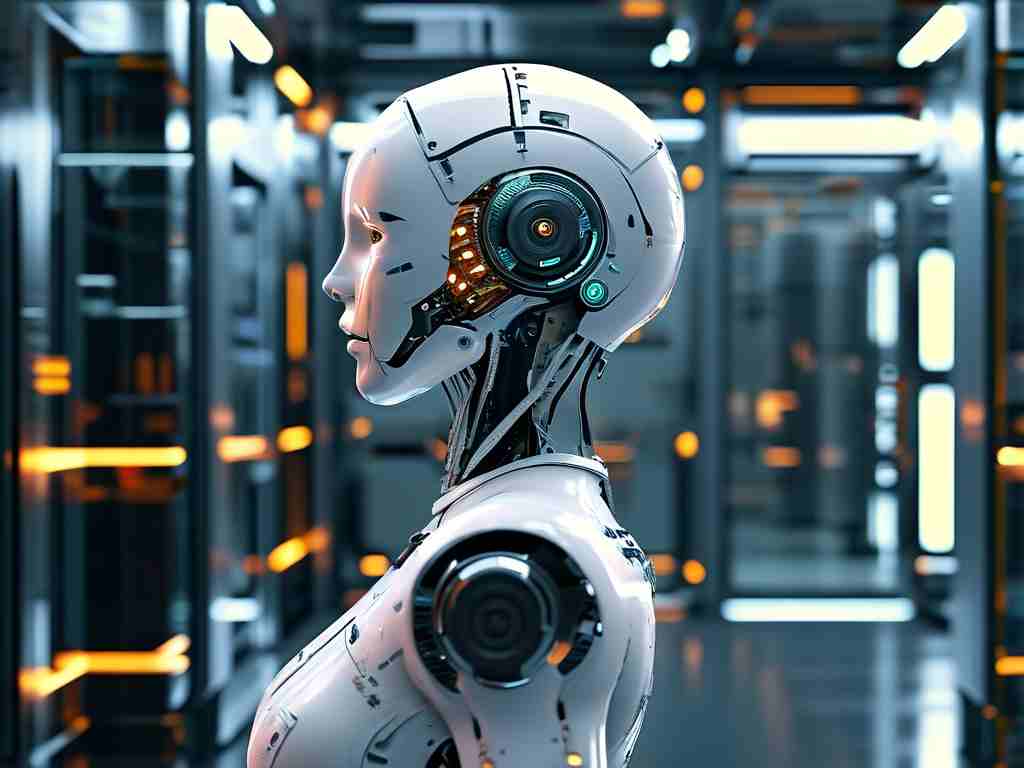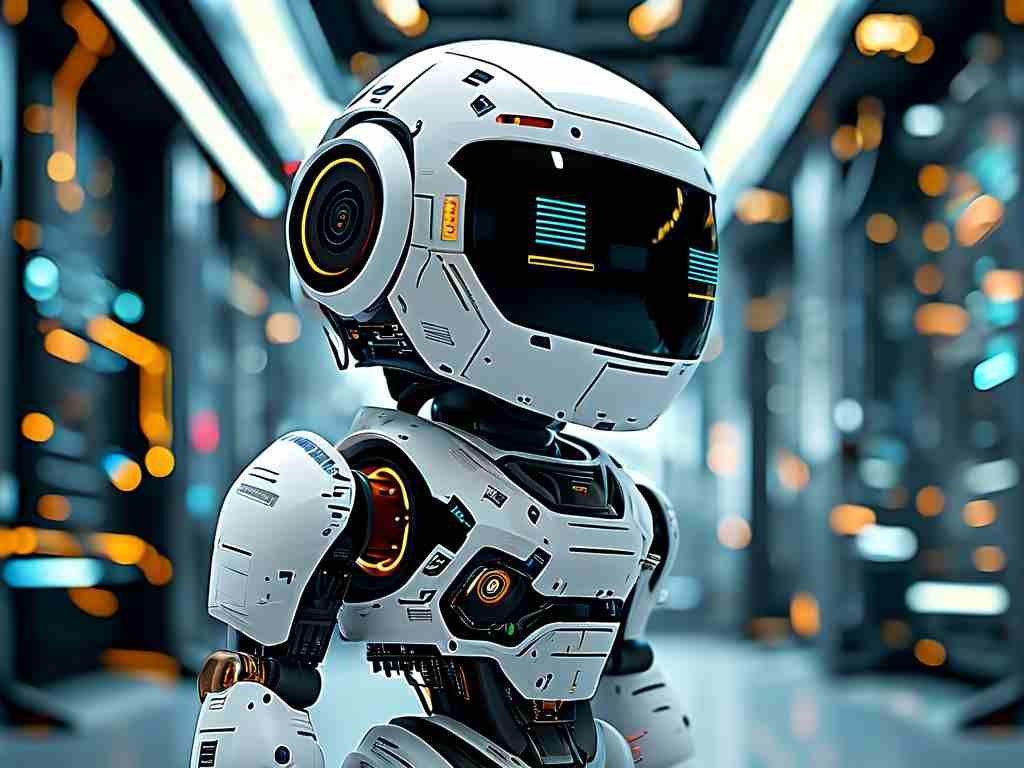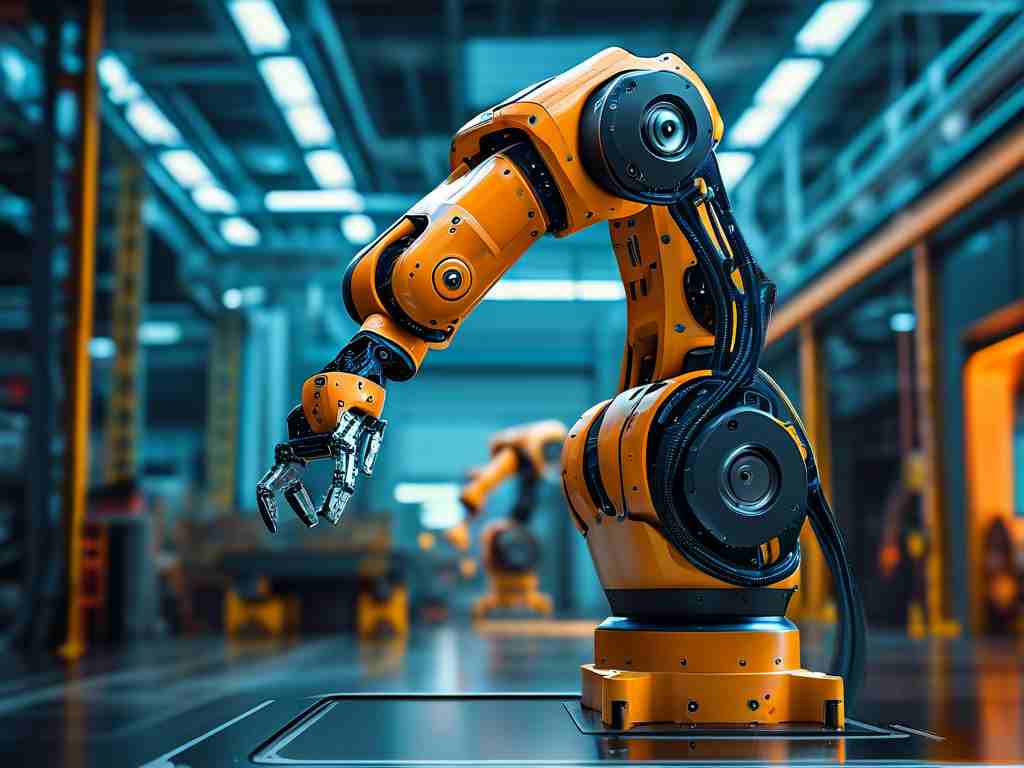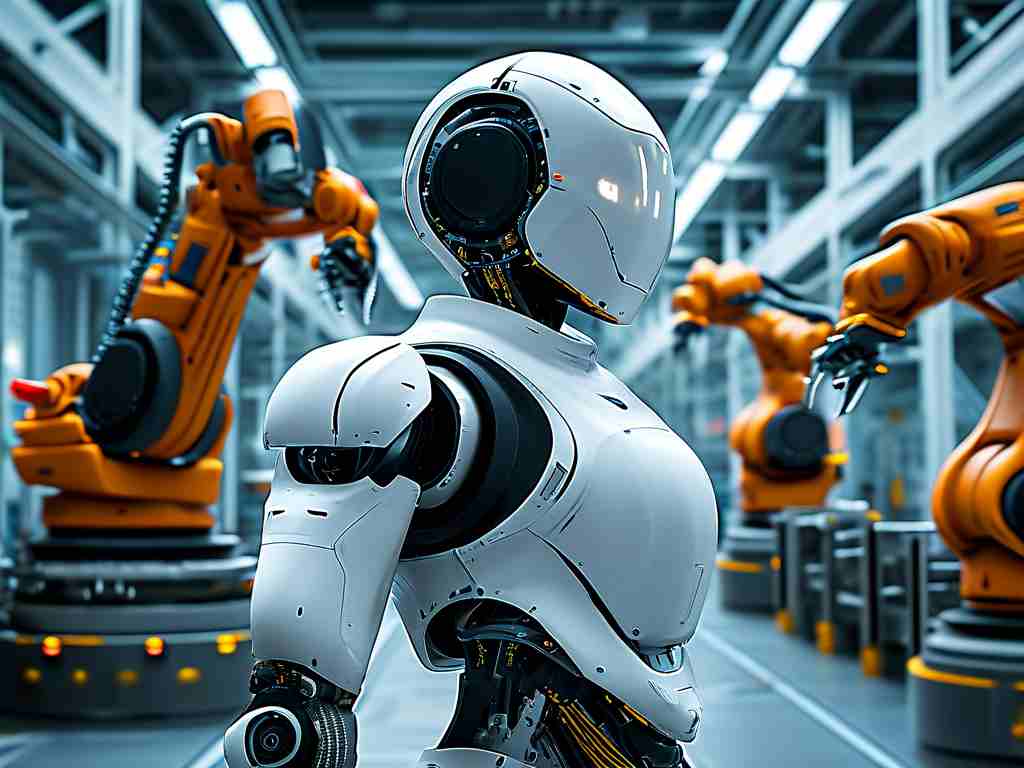The rapid evolution of robotics has ushered in groundbreaking innovations, with Lynx Robotics emerging as a frontrunner in adaptive automation systems. This article delves into the technical principles underpinning Lynx Robotics, exploring its unique design philosophy, sensor integration strategies, and real-world applications.

Biomechanical Design and Mobility
At the heart of Lynx Robotics lies its biomechanical architecture, inspired by the agility of its namesake—the wild lynx. The robot’s limb structure incorporates lightweight yet durable materials such as carbon-fiber composites, enabling swift movements while maintaining structural integrity. Unlike traditional rigid-joint systems, Lynx employs multi-axis articulated joints powered by high-torque servo motors. These joints mimic feline flexibility, allowing the robot to navigate uneven terrain, climb obstacles, and execute precise maneuvers in confined spaces.
A key innovation is the dynamic balance algorithm, which processes real-time data from inertial measurement units (IMUs) to adjust limb positioning. For instance, when traversing a slope, the system redistributes weight across its four limbs to prevent tipping—a feature critical for industrial inspections in hazardous environments.
Sensor Fusion and Environmental Interaction
Lynx Robotics integrates a multi-sensor fusion framework to interpret complex environments. Its perception system combines LiDAR for 3D mapping, thermal cameras for heat signature detection, and tactile feedback sensors for surface analysis. This synergy enables tasks like identifying pipeline leaks in oil refineries or detecting minute cracks in infrastructure.
A standout feature is the robot’s adaptive object recognition capability. Using convolutional neural networks (CNNs), Lynx classifies objects in real time, adjusting grip strength and tool selection autonomously. In a manufacturing setting, this allows seamless transitions between handling fragile components and manipulating heavy machinery parts.
Power Management and Autonomy
Energy efficiency is central to Lynx’s operational longevity. The robot utilizes hybrid power systems, blending high-density lithium batteries with solar panels for extended missions. A proprietary power management algorithm optimizes energy consumption based on task priority—for example, reducing sensor sampling rates during low-activity phases to conserve battery life.
Autonomous navigation is achieved through SLAM (Simultaneous Localization and Mapping) technology. Lynx generates real-time maps of unknown environments while tracking its position, a capability leveraged in search-and-rescue operations. During a simulated disaster response test, the robot successfully located survivors in a collapsed building by analyzing acoustic signals and heat patterns.
Industrial and Humanitarian Applications
Lynx Robotics has demonstrated versatility across sectors. In agriculture, it performs crop health monitoring using hyperspectral imaging, identifying pest infestations before visible symptoms appear. For logistics, its payload capacity (up to 150 kg) and precision gripping make it ideal for warehouse automation.
A humanitarian case study highlights its role in post-earthquake recovery. Equipped with gas detectors and seismic sensors, Lynx robots were deployed to assess structural damage in unstable zones, transmitting data to rescue teams while avoiding aftershock risks.
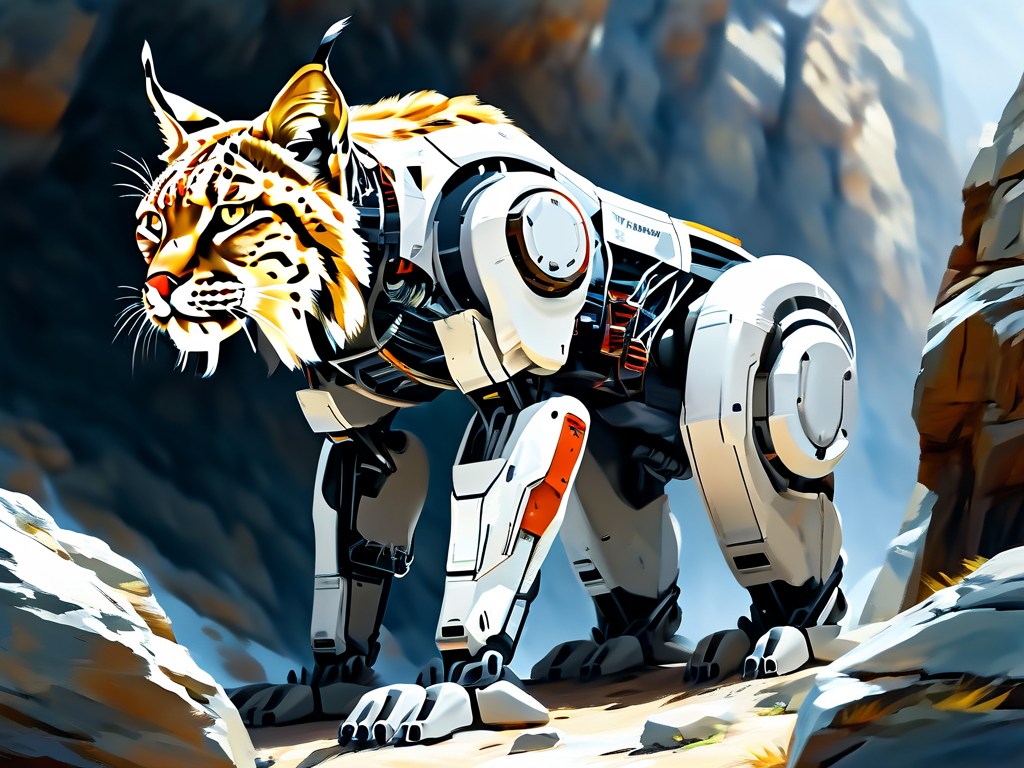
Future Directions and Challenges
Despite its advancements, Lynx Robotics faces challenges such as sensor miniaturization and edge computing limitations. Researchers are exploring quantum-resistant encryption to secure its data transmission—a necessity for defense applications.
Looking ahead, the integration of swarm intelligence could enable multiple Lynx units to collaborate on large-scale projects, from reforestation to planetary exploration. Meanwhile, ethical debates persist regarding autonomous decision-making in critical scenarios, underscoring the need for robust governance frameworks.
In summary, Lynx Robotics exemplifies the convergence of biomimicry, advanced sensing, and AI-driven adaptability. As these technologies mature, their impact on industries and society will undoubtedly expand, redefining the boundaries of robotic capabilities.


